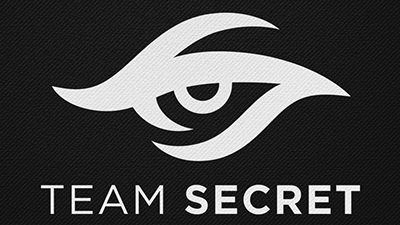Nothing Succeeds like Switch
/Nintendo released the Nintendo Switch in March of 2017 to much excitement and was quickly a commercial success. Just getting your hands on one of these handheld/console hybrids was nearly impossible for months, unless you were willing to shell out nearly double the original cost to an online reseller. With 2017 coming to a close stock issues have been long solved, and the system’s first holiday season was a triumph. But what has the Nintendo Switch done so right to sell so well?
The Hardware
I’m a lifelong lover and collector of Nintendo handhelds, and a lot of the Switch’s design stood out as new right away. The two small analog sticks are a welcomed addition to the handheld, as they feel and perform much better than the “Circle Pad” that has been present on the Nintendo’s 3DS line. The D-Pad typically found on the left side of Nintendo devices has been outright removed, instead replaced by another set of face buttons with directional arrows rather than the typical a,b,x,y. These are the first hint of the Switch’s hardware innovation. The system’s sides come off, allowing the system to be set up as a small monitor in “Tablet Mode” using the included kickstand. While the kickstand is unstable and only has one (less than perfect) viewing angle, this opens the possibility of handing off one of the system’s side sections as a complete controller. Giving players the ability to play multiplayer games without buying a second controller is huge. This is an even bigger deal considering Nintendo handhelds have almost exclusively featured multiplayer through multiple systems, whether it be with a link cable back in the days of the Gameboy, or through the DS and 3DS’ local wireless. Finally, the Switch can be placed into the included dock and “switch” to a home console. That means that with the purchase of any of the system’s games you are essentially getting a console and portable version.
The Games
All of these features would be worthless though, without great games. Nintendo didn’t disappoint, releasing a library consisting of plenty of titles from indie gems to first party steamrollers. The Legend of Zelda: Breath of the Wild gave consumers everything they needed to believe that the Switch really could offer a console level experience in a handheld format. Players were immersed in a massive game world, unlike anything The Legend of Zelda has ever seen, and let loose. The amount of quality content to explore truly was breathtaking and gave players the long-lasting experience that the Switch needed to tie them over during the first few months of the system’s lifecycle. Excellent indie games available through the onboard Nintendo EShop and ports like Bethesda’s heavy-hitting first-person shooter, Doom, and expansive open-world adventure, Skyrim, provided enough content for most of the remainder of 2017 alongside some smaller first party titles. In time for the holiday season, Super Mario Odyssey hit store shelves and has been praised for bringing together and refining many of the greatest features from past 3D Mario platformers along with new innovations for a modern classic. Super Mario Odyssey and Breath of the Wild put Nintendo in a great position to take game of the year, and on December 7th at The Game Awards Breath of the Wild took it. This has left Nintendo with a tremendous amount of momentum and attention, so the pressure is on for them to follow up 2017 with an impressive new year.
























